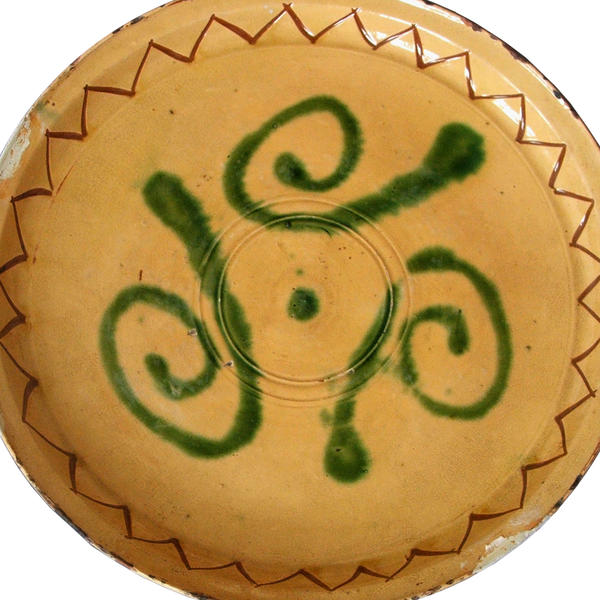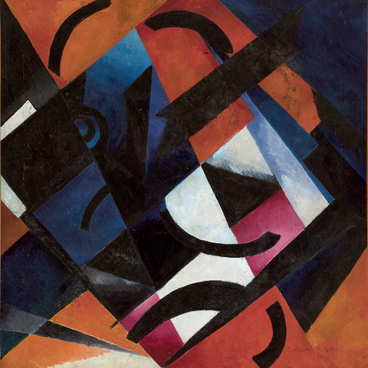Derbent is a major city in the Caucasus, also believed to be one of the oldest in Russia. First references to it are as old as the 6th century BCE. For centuries the place flourished thanks to its special status of a port city at the juncture of Europe and Asia. It was a meeting place for boats sailing down the Volga and merchants from the Caspian countries. In addition, Derbent was the first city in Russia to start producing paper and silk.
From ancient times the city was famous for its crafts. The first guilds of artisans were established here back in the 11th century, and ceramists played an important role among them. All of the glazed ceramic potteries existing in Dagestan today are believed to be connected historically with Derbent. All ceramics that used to be manufactured in Southern Dagestan from early Middle Ages on get the Derbent name.





